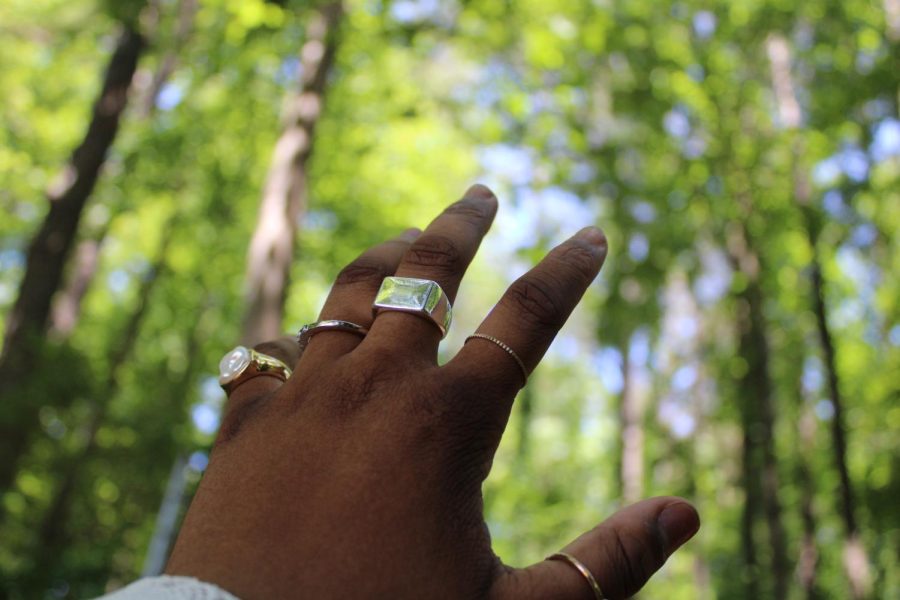Planning for a World Unknown
During the zenith of industrialization, companies throughout the world capitalized on the natural resources the Earth provides. The irresponsible mentality held through extraction led to disastrous consequences for generations to come. The pitiful state of the Earth can cause extensive feelings of distress and hopelessness to teens, who feel as though all the pressure of living on a habitable planet rests on their shoulders.
May 19, 2022
On June 11, 1963, monk Thích Quảng Đức protested against the anti-Buddhist and oppressive regime in Vietnam by setting himself ablaze. Sitting coolly through the bountiful flames, Đức tantalized American journalist and photographer Malcolm Browne, capturing the powerful scene of the “Burning Monk”. The photo sparked the United States to become war eagles; fighting against the powers put into play in Vietnam.
One act of ritual suicide fueled the western front with the zeal of revolution. Nearly 60 years later, climate change activist Wynn Bruce attempted to follow this formula. After tweeting a fire emoji, Bruce committed suicide via self-immolation in front of the Supreme Court building on Earth Day. Despite Bruce’s friends and family members being adamant about his actions stemming from the recent state of almost irreversible damage done to the environment, media outlets have disregarded his actions. A historically brutal form of protest dwindled down to mental health.
“I feel like the people who are willing to understand the situation that the climate is really in are those who can hurt or are willing to hurt themselves over it,” magnet junior Alina Autry said.
Bruce represents the problems with the way governments view climate change issues: they sweep them under the rug, letting them inflate until they eventually combust under pressure. While humans naturally cannot conceptualize immense concepts like the lack of a habitable planet, there still remains a responsibility amongst those elected in power to do right amongst the whole. The protest also serves as a self-fulfilling prophecy for the importance of critical events within media, with his death causing a minor buzz before becoming quickly forgotten.
Governing officials treat climate change as a second-rate issue when in reality it should rank much higher in order of importance. While public figures like Elon Musk advocate for the exploration of space, there lies major fractures within the philosophy. There currently exists no fool-proof or equal form of re-colonization, with the plans in place now majorly excluding those not part of the wealthy class.
Regardless, the great debate on the climate primarily falls on Gen Z, and the responsibility fosters multiple anxieties. Children feel increasingly helpless as a result of overhearing conversations and reports about the gradually decreasing health of the environment. The clips of the California forest fires, the graphs depicting the temperature increase, and the videos of polar bears drifting through infinite waters on a single slab of ice–all lead to the overwhelming feelings of existential dread.
“It brings me a lot of anxiety, often coming down to the question of if I should even have kids in the future. Do I want to bring suffering to my kids? To the human race? We could all die out from the actions of Big Businesses. Citizens every day could cut down on their carbon emissions, but that won’t do anything in compassion for theirs. Something that helps me cope with it, though, is going outside into nature. Nature is peaceful, and I hate that our world values money over life. Not even human life, just any life. It’s scary, because as a student, you’re not quite sure what you can do,” Autry said.







